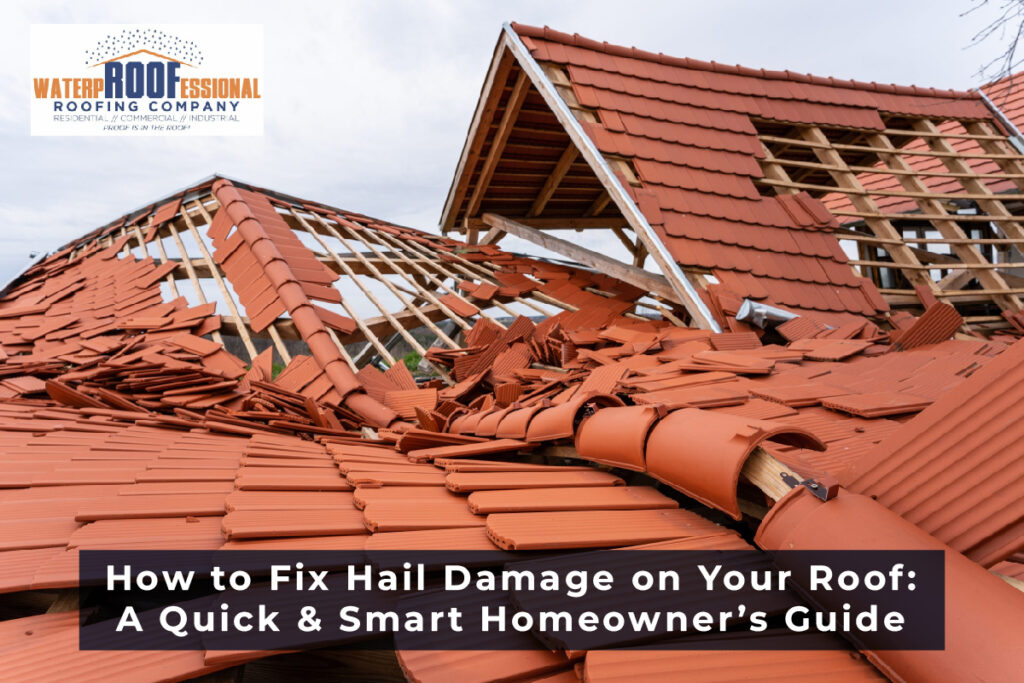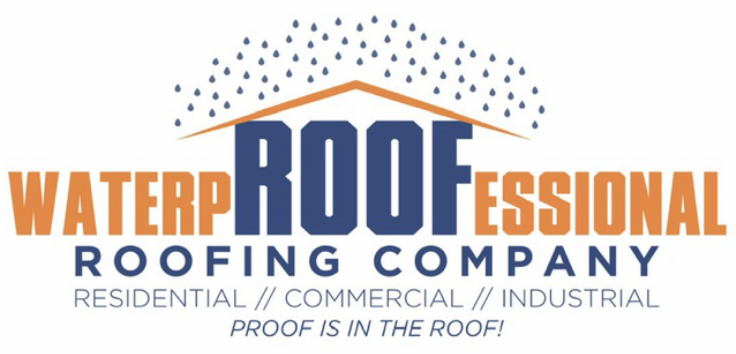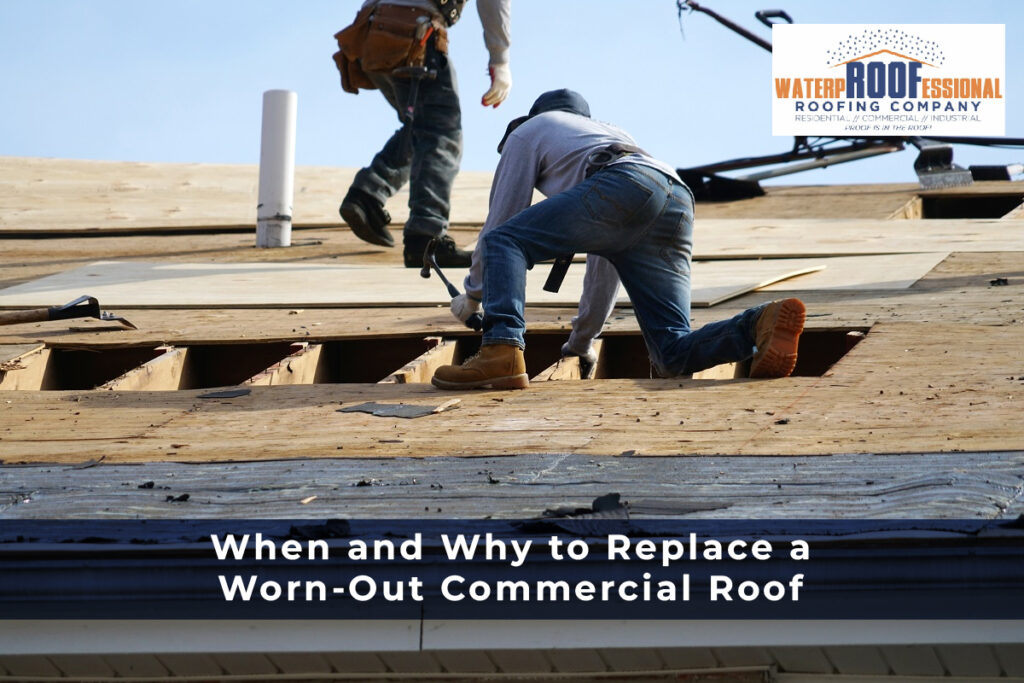A sudden hailstorm can hit hard and fast—leaving behind a trail of invisible damage that only shows itself when it’s too late. If you’ve recently experienced a hailstorm, your roof might be at risk, even if it looks fine. That’s the tricky part about hail damage: what’s out of sight can quickly become a costly nightmare if ignored.

In this guide, we’ll walk you through how to spot hail damage early, what steps to take next, and how to handle hail damage roof repair like a pro. Whether you’re facing minor dents or major leaks, this post will help you tackle hail storm roof repair confidently—with or without insurance coverage.
Spotting the Signs: How to Tell If Your Roof Has Hail Damage
Not all hail leaves behind shattered shingles. In fact, some of the most damaging impacts go unnoticed by the untrained eye. Here’s what to look for after a storm:
- Dents or bruising on shingles or metal flashing
- Granule loss—you might notice tiny beads collecting in gutters or downspouts
- Cracked or curled shingles, especially on older roofs
- Soft spots you can feel when lightly pressing on shingles
- Water stains or discoloration on interior ceilings or attic wood
If you’re unsure, call for a hail damage roof inspection from a professional. It’s safer and smarter than guessing.
What To Do Right After a Hailstorm
First things first—don’t climb onto your roof. Wait until the weather clears and then:
- Take photos of your property and any visible damage from the ground.
- Check gutters, windows, siding, and outdoor AC units for dings or dents.
- Inspect ceilings and attic for leaks or wet insulation.
- Contact a reliable roofer for an emergency hail damage roof inspection.
If there’s even a chance of a leak, schedule an emergency roof repair hail visit. Quick action here can save you thousands later.
Understanding Roof Hail Damage Insurance Claims
Worried about cost? Most homeowners’ insurance policies cover hail damage—but you’ll want to follow the right steps:
- Document everything: Take time-stamped photos and save receipts for temporary repairs.
- Call your insurance company: File a claim ASAP to avoid delays.
- Schedule an inspection with a local contractor who understands roof hail damage insurance policies.
- Get an estimate that matches your adjuster’s report—and don’t be afraid to dispute it with help from your roofer.
Many roofing companies will help you navigate this process—some even deal directly with your insurance provider.
Repair vs. Replace: What’s the Right Call?
So, you’ve got damage. Now what?
- Minor dents or granule loss can usually be fixed with simple hail storm roof repair.
- Extensive damage—especially on older roofs—may require full hail damage roof replacement.
How do you decide? Ask your roofer about:
- The age of your roof
- The extent of the damage
- Warranty coverage on existing materials
- Your insurance adjuster’s assessment
In many cases, if over 25–30% of your roof is damaged, replacement is more cost-effective long-term.
Step-by-Step: The Roof Repair Process After Hail
Wondering what happens during a professional repair? Here’s the typical flow:
- Initial Inspection – A pro examines your roof, flashing, vents, skylights, and chimney caps.
- Damage Documentation – Photos and notes help with your claim.
- Insurance Coordination – Your contractor may submit an estimate or meet the adjuster.
- Temporary Repairs – Covers or patches protect against rain while waiting for full repairs.
- Full Repairs or Replacement – Once approved, the crew gets to work restoring your roof.
Most jobs take 1–3 days depending on the size and material.
Why You Shouldn’t Ignore Hail Damage
Ignoring hail damage is a gamble that usually doesn’t pay off. Here’s what can happen:
- Leaks can lead to mold, wood rot, and ruined insulation.
- Weakened shingles leave your home vulnerable to future storms.
- Insurance claims may be denied if you wait too long.
- Minor issues quickly snowball into major repair jobs—especially if moisture gets under the surface.
Being proactive with hail damage roof repair isn’t just about avoiding mess—it’s about protecting your investment.
Choosing the Right Roofing Contractor
Hiring the right roofer is crucial. Here’s what to look for:
- Local experience – They know your area’s codes and weather patterns.
- Licensing & insurance – Never compromise on this.
- Storm damage expertise – Make sure they specialize in hail storm roof repair.
- Transparent pricing – They should provide a clear estimate with no surprise charges.
- Warranty-backed work – A good roofer stands behind their repairs.
Not sure where to start? Check out trusted services like:
- Siding Installation in Champaign, IL
- Siding Repair in Champaign, IL
- Floor Installation in Champaign, IL
Final Thoughts: Don’t Wait—Protect Your Roof Today
Hail damage might seem minor at first glance, but it can create major issues behind the scenes. By acting fast, documenting the damage, and calling the right contractor, you can handle hail damage roof repair efficiently and stress-free. Don’t let a little storm cause a big mess—schedule your inspection and protect what matters most.
FAQs About Hail Damage Roof Repair
Q1: How soon should I inspect my roof after a hailstorm?
As soon as it’s safe. The earlier you catch damage, the easier and cheaper it is to fix.
Q2: Does homeowner’s insurance cover hail damage?
Usually yes—but check your policy for deductibles, exclusions, and filing deadlines.
Q3: Can I fix hail damage myself?
We don’t recommend it. Hail damage can be deceptive and climbing on your roof is dangerous without proper gear.
Q4: How long does a hail damage repair or replacement take?
Repairs can take 1–2 days. Full hail damage roof replacement can take 3–5 days depending on weather and materials.Q5: What happens if I don’t fix minor hail damage?
It often gets worse—leading to leaks, structural rot, and denied insurance claims.




